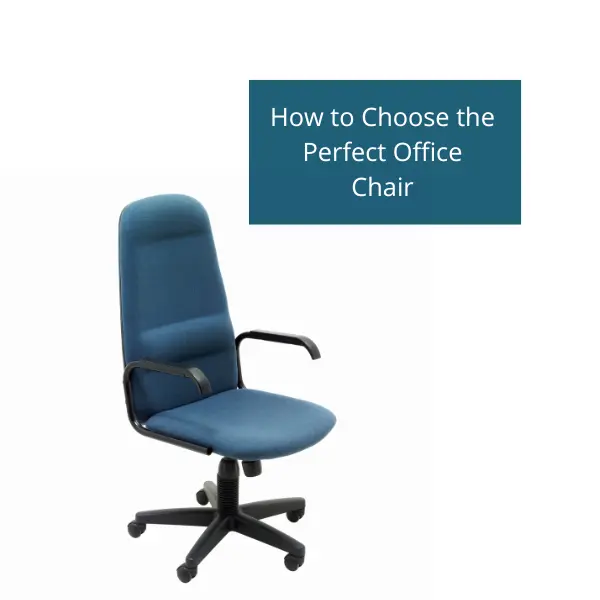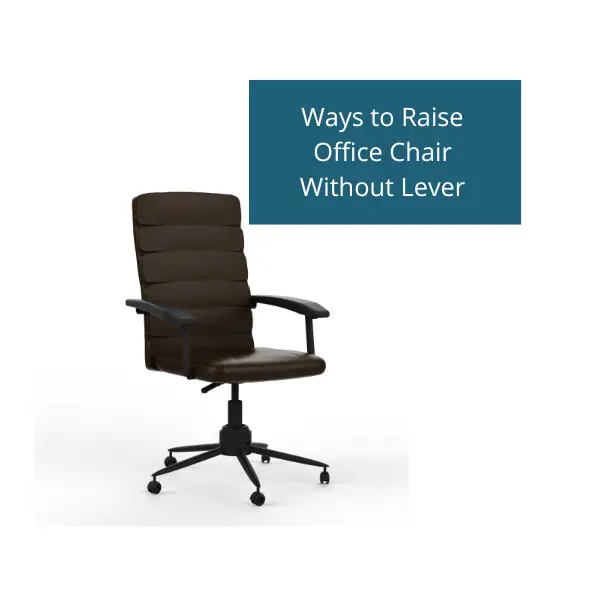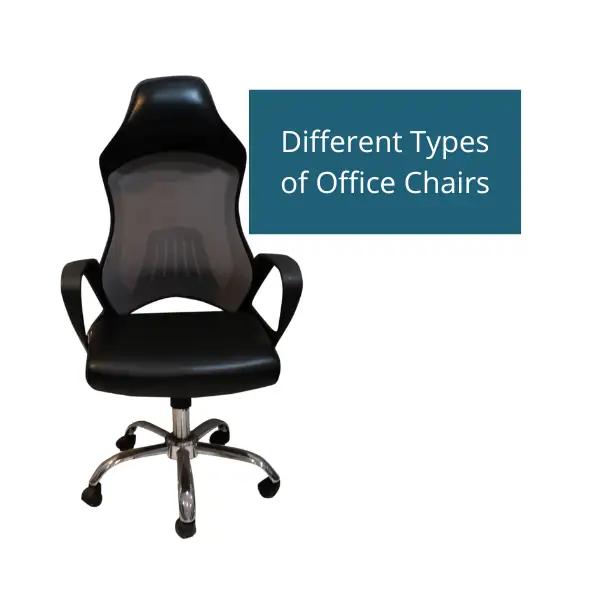Leaning back in your office chair might be a comfortable way to take a break from work. But it can put a strain on your back and cause long-term damage when it starts leaning back.
Fortunately, it’s relatively easy to fix an office chair that leans back too far.
In most cases, you need to tighten screws to fix the issue. But if your office chair is severely damaged, you may need to replace some parts or even buy a new chair altogether.
However, here are some simple ways to follow these steps to fix an office chair that leans back.
How to fix an office chair that leans forward
1 Change or Repair the Broken Caster
A leaning chair can be an annoyance and a safety hazard. Often, the chair starts leaning back due to a broken caster.
Replacing or repairing the caster is usually a straightforward way to fix the backward leaning problem that requires only a few tools.
In most cases, the chair will need to be turned over to make the underside accessible. Once the broken caster is removed, it can be replaced with a new one or repaired with a few pieces of electrical tape.
In either case, it is essential to ensure the replacement or repair is secure before using the chair again. By taking care of this problem quickly, you can avoid any further damage to the chair and keep it safe for use.

2 Fixing Loose Screws
Loose screws are the most likely problematic issue which causes the chair to lean back, and it can be easily fixed with a screwdriver. Follow the following method to fix the issue:
- Identify the loose screws and remove them.
- Locate the seat plate and tighten it with a screwdriver.
- Replace the screws and secure them tightly.
- With a little effort, you quickly fix a chair leaning back forward, making it safe to use again.

3 Tighten the Knob
This is a straightforward way to fix the learning back office chair by simply adjusting the tilt knob. To do this, rotate the knob in a counter-clockwise direction until the chair is level.
Once you have changed the tilt knob and Chair legs, your chair should be level and stable once again.
4 Replace the Chair
Applying the three methods mentioned above, if your chair is still leaning back forward, replacing your office chair is the only solution.
Chairs are like people in that they all have different personalities. Just as some people prefer to sit upright while others slouch, some chairs are designed to be leaned forward while others are not.
So, if your chair is still leaning forward despite your best efforts to fix the office chair and causing damage to your back, it may be time for a new one.
A new chair might be just the thing you need to help you sit up straight and avoid slouching.
Furthermore, it’s essential to find a chair that supports your back and encourages good posture; otherwise, you may find yourself struggling to stay upright.
With some research, you can find the perfect office chair for your needs and finally achieve the ideal posture.

Conclusion:
When your office chair leans too far forward, it can become an annoyance and a safety hazard. In most cases, you can fix the problem by simply tightening a few screws, replacing or Repairing the Broken Caster, or adjusting the tilt knob.
But if your office chair is severely damaged, you may need to replace some parts or buy a new chair for your office work.
By taking care of the problem quickly, you can avoid any further damage to the chair and keep it safe for use.
What does Leaning back mean?
When you lean back, you expose more of your body to the surrounding environment, and this can be interpreted as a sign of relaxation.
In some cases, leaning back can also be seen as a sign of boredom or disinterest. I
f you depend back in a chair with your feet on the desk, for example, this might be interpreted as a sign that you are not particularly interested in what is happening around you.
Similarly, if you are leaning back in your seat during a meeting, this might be interpreted as a sign that you are not engaged with the discussion.
Why does my office chair tilt forward?
However, some people find that their chair tilts forward unexpectedly, making it difficult to stay in one position for a long.
Different possible reasons cause this problem. First, the tilt mechanism may be loose or damaged. If this is the case, the chair must be repaired or replaced.
Second, the backrest may be too high. If the backrest is higher than the seat, it can cause the chair to tilt forward.
Lastly, the heart itself may be inclined too far ahead. This can be adjusted by simply reclining the backrest until it is level with the seat.
With a little trial and error, you should be able to find a comfortable position that doesn’t cause your chair to tilt forward.
Why do chairs lean back?
This weight distribution makes it harder for your feet to keep the chair stable, so the chair starts to tip backwards.
The further back you lean, the more unstable the chair becomes, until eventually, it lists over entirely. Chairs are designed with this behaviour; tilting backwards prevents you from falling over when you lean too far.
While this may seem like a dangerous design flaw, it is a safety feature that helps to prevent injuries.
- How to choose the right office chair for your body type? - December 19, 2023
- What are the best ergonomic features to look for in an office chair? - December 18, 2023
- Is sitting on an exercise ball an effective alternative to a traditional office chair? - December 15, 2023






